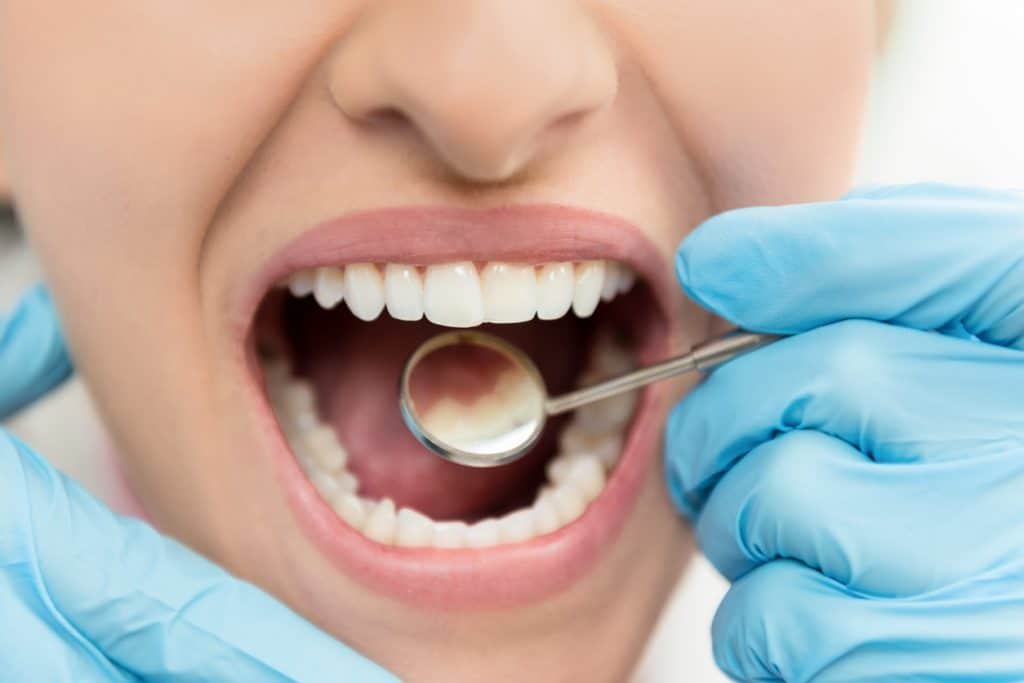Our teeth are an essential part of our lives, and taking care of them is a regular part of a healthy routine. However, when we do not practice good oral health, problems can quickly develop, and issues can worsen. Therefore, it is crucial to understand each stage of tooth decay so we can effectively prevent further degradation through cleaning and routine visits to your favourite downtown dental clinic.
6 Stages of Tooth Decay
Plaque Formation
The first stage of tooth decay is plaque formation. Dental plaque is a clear acidic film that coats your teeth. Usually, its growth is accelerated by sugars and starches left on the surface of teeth. If left untreated, it can harden around the tooth’s edges, forming a tartar (calculus) deposit.
Demineralization
After the formation of tartar, the next stage is demineralization. Visually, demineralization looks like white or brown spots on the surface of your teeth. At this stage, plaque and tartar weaken the enamel but focus on removing the exterior’s protective minerals. To prevent further decay, using a remineralization toothpaste to fortify the teeth’s enamel is key, as are routine visits with your downtown dental clinic.
Enamel Decay
When plaque breaks through the mineral layer, it begins to eat away the enamel of teeth. Once the enamel completely decays, the dentin layer underneath is exposed. Typically, this is the stage where your dentist will intervene. Fillings, crowns, and inlays may become a part of your treatment, but this will depend on the decay’s location and severity.

Dentin Decay
Dentin is a softer layer in your tooth, directly beneath the enamel. Bacteria is effective at working through this layer, so dentists must treat decay before this stage. However, if you do not practice good oral hygiene, an infection can still follow afterwards.
Infection
The infection stage occurs after the loss of dentin in a particular tooth. Now, bacteria move into the dental pulp at the centre of the tooth. This stage of tooth decay hurts immensely as the pulp is nerve-rich. Additionally, the growth of bacteria in the tooth can crowd the inside, pressing the nerve ending painfully into the side of the tooth. Generally, cleaning the area, removing the bacteria, and treating with a root canal is the most effective treatment method at this stage.
Abscess Formation
The final stage of tooth decay is the formation of an abscess. This stage is characterized by the loss of bone material in the jaw and a pocket of pus replacing it. Root canals may still be possible at this stage, but the tooth will die if left untreated, and jaw problems can develop.
How to Prevent Late-Stage Tooth Decay
We can all have a bad day when it comes to maintaining our oral health. Life gets in the way, and there never seems to be enough hours in the day. However, the most effective way to combat bad tooth decay is regular brushing and flossing. Ideally, use an electric toothbrush to remove stuck-on plaque or tartar. And remember, always visit your dentist once or twice a year for checkups.
Dr. Tracey Mulhall is a dentist in downtown Calgary that can offer dental fillings, crowns, implants, and teeth cleaning. We are well established and always available to help with your dental concerns. Our downtown dental clinic has convenient hours and knowledgeable staff. We want to make your experience at the dentist fast, fun, and friendly. Call us today to book an appointment!
Phone: (403) 262-4914 | Email: [email protected]



